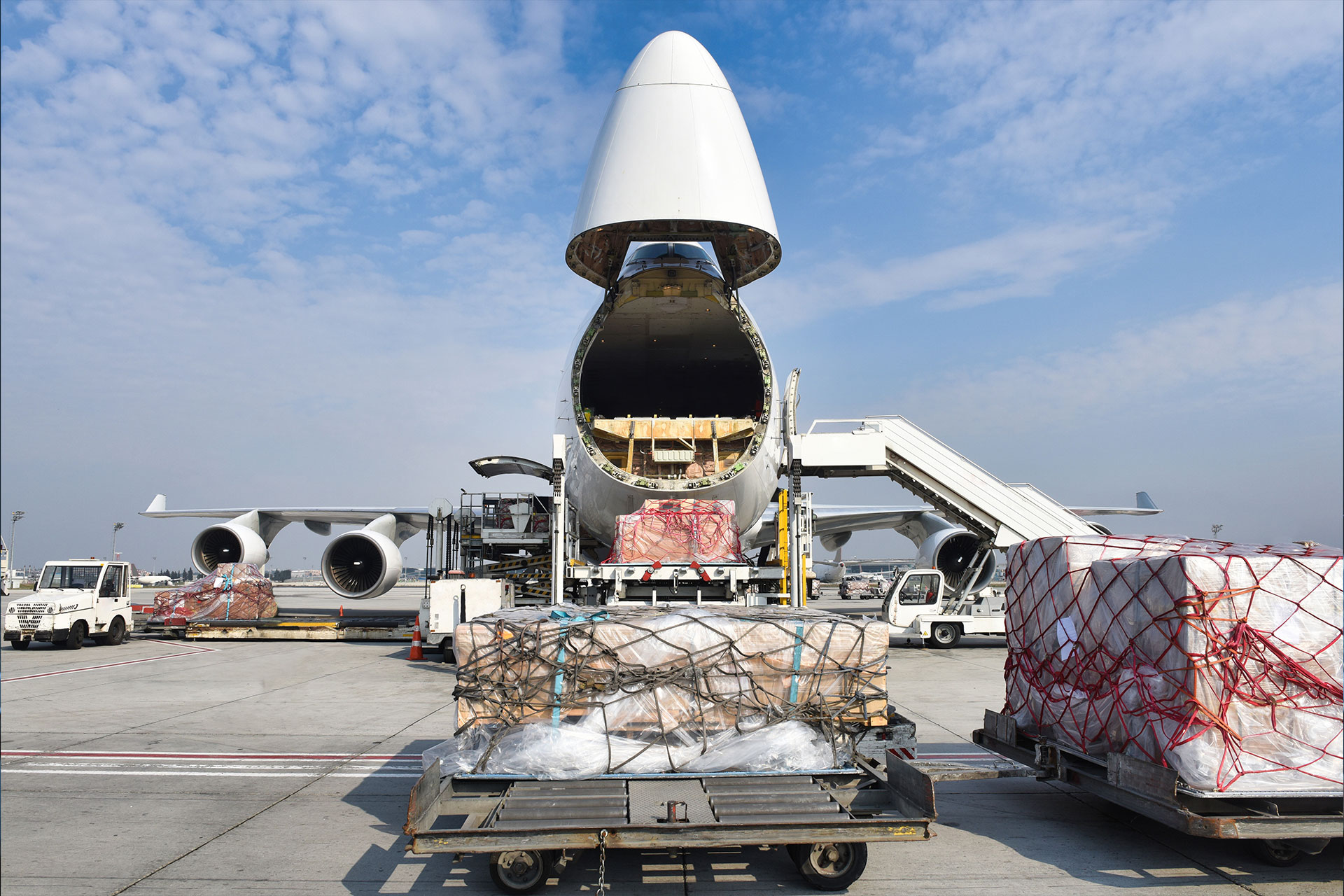
New Perspectives: Chapter 3
Navigating New Waters—Holding Course for Resilience
Geopolitical tensions, the rapid rise of artificial intelligence with its opportunities and risks, and a new U.S. trade policy have fundamentally impacted market dynamics. For Investors, these shifts have created an environment of heightened volatility. While economic growth may persist, so too may uncertainty. How can investors adapt to this evolving landscape and uncover new opportunities?
Our experts have identified three key measures to help investors build more resilient portfolios and navigate these new waters with confidence.
Three measures to increase portfolio resilience
Also relevant in this context: Five theses on U.S. trade policy, offering additional insights into current market dynamics.
Three characteristics of a resilient portfolio
Resilient building blocks
A resilient portfolio includes components which can help to mitigate the impact of significant market downturns, reducing overall portfolio-level drawdowns.
Smart risk management
Resilient portfolios prioritize managing risk while maintaining the potential for long-term returns, striking a balance between stability and growth.
Low-correlation assets
Incorporating assets with low or negative correlations to one another helps ensure that the portfolio remains stable across varying market conditions.
New perspectives: Chapter 2
Five impacts of U.S. trade policy and what these could mean for investors
Recent changes in U.S. trade policy have led to far-reaching shifts in global trade. Increased tariffs and the associated uncertainty are calling established trade partnerships into question and are leading to a restructuring of global supply chains. What impact could these changes have on the different markets and the global economy as a whole? Our experts have developed five theses.

1. Relocation of supply chains to domestic markets
- New tariffs are influencing global trade dynamics.
- Supply chains will be relocated closer to domestic markets.
- Uncertainty about economic growth could lead to persistently high interest rates.
Investments with more reliable income streams could help to counter the uncertain economic situation.
2. Growing risk of trade wars
- Trade tariffs imposed by individual countries can often lead to countermeasures.
- Due to the recent changes in U.S. trade policy and the resulting tariff uncertainties, existing trade partnerships are being called into question and new ones are being formed.
Markets with lower risk of trade conflicts could benefit from the formation of new partnerships.


2. Growing risk of trade wars
- Trade tariffs imposed by individual countries can often lead to countermeasures.
- Due to the recent changes in U.S. trade policy and the resulting tariff uncertainties, existing trade partnerships are being called into question and new ones are being formed.
Markets with lower risk of trade conflicts could benefit from the formation of new partnerships.

3. Emerging markets on the rise
- Economies with similar export structures and geographical proximity to China could benefit.
- Other criteria for suitable countries include competitive labor costs, good infrastructure, and a qualified workforce.
Investments in selected emerging markets that are not impacted by U.S. tariffs may increase.
4. Tailwind for pharma, biotech and healthcare
- Given the political significance of these sectors for the U.S. and the EU, rapid and consistent restructuring of the supply chains can be expected.
- The relocation of supply chains is expected to shift the high turnover of Chinese companies in the U.S. to suppliers outside of China.
Companies outside of China that are well positioned to produce goods and provide services in the pharmaceutical, biotech and healthcare sectors could benefit.


Tailwind for pharma, biotech and healthcare
- Given the political significance of these sectors for the U.S. and the EU, rapid and consistent restructuring of the supply chains can be expected.
- The relocation of supply chains is expected to shift the high turnover of Chinese companies in the U.S. to suppliers outside of China.
Companies outside of China that are well positioned to produce goods and provide services in the pharmaceutical, biotech and healthcare sectors could benefit.

5. Temporary inflation in the U.S.
- Tariffs lead to higher prices for importing countries, which can trigger temporary inflation depending on consumer demand.
A temporary inflation period in the U.S. could offer good opportunities for fixed income securities.





